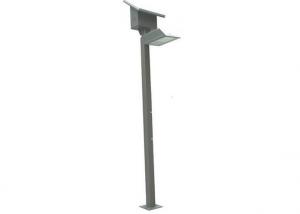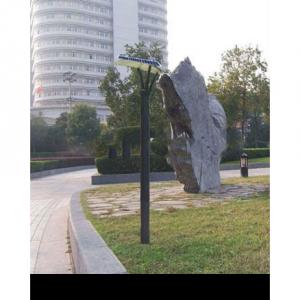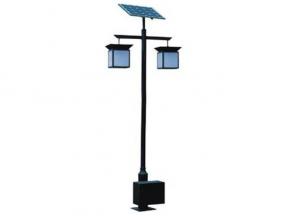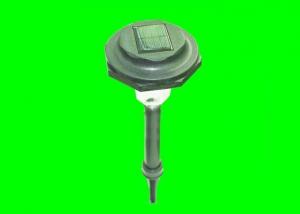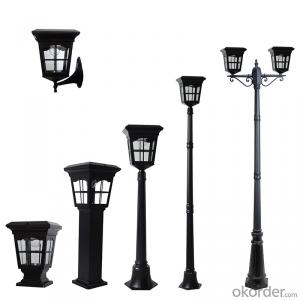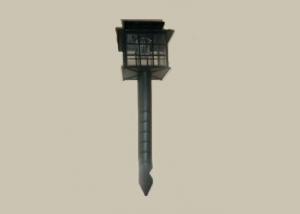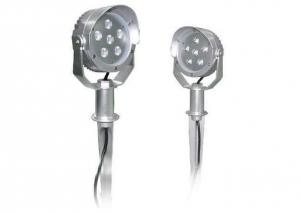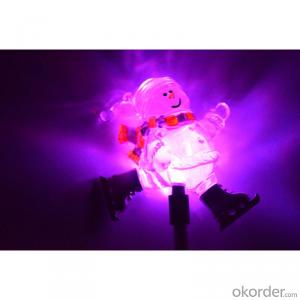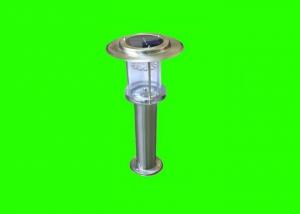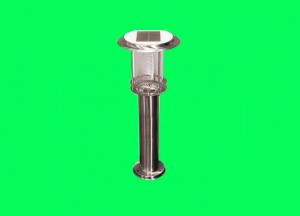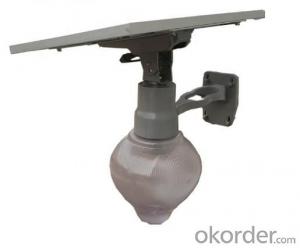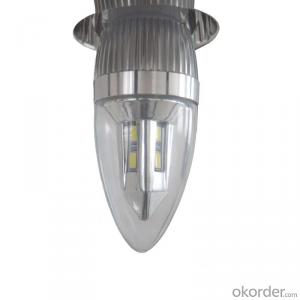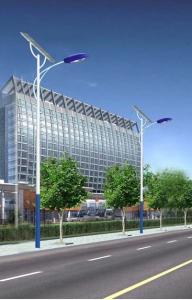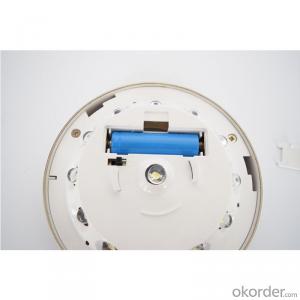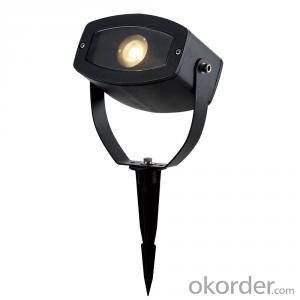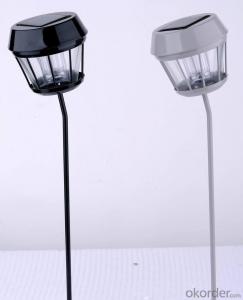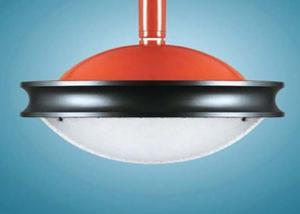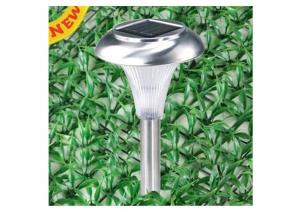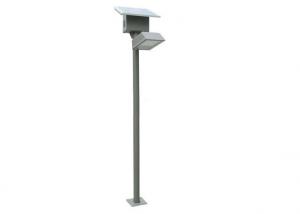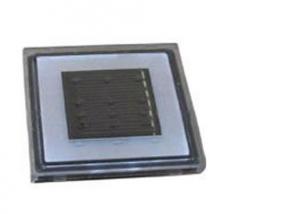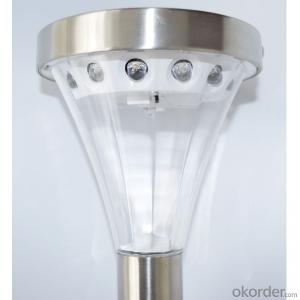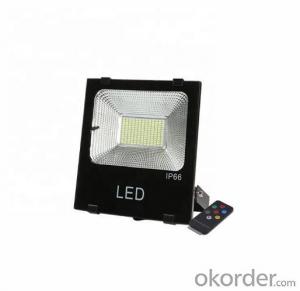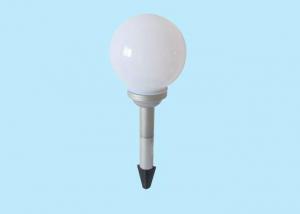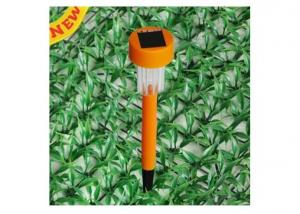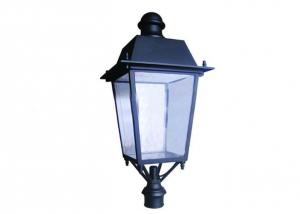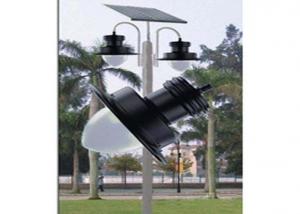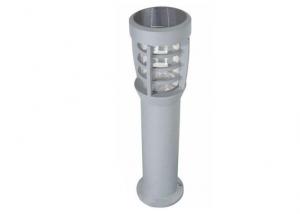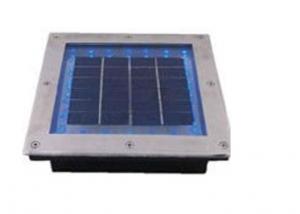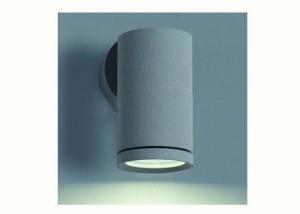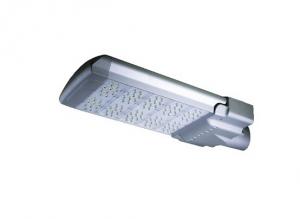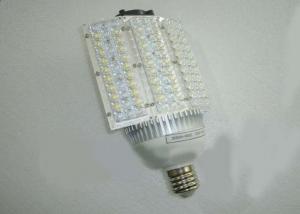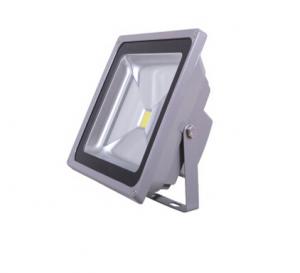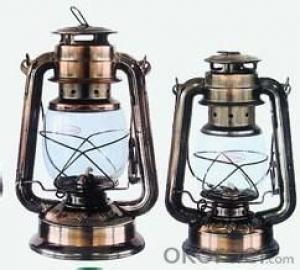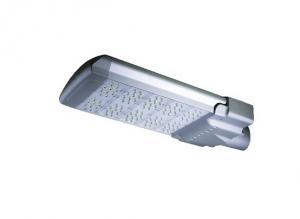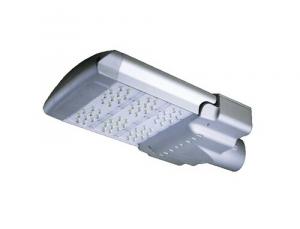Next Solar Garden Lights
Next Solar Garden Lights Related Searches
Solar Garden Lights Garden Solar Wall Lights Garden Solar Spot Lights Garden Wall Solar Lights Solar Garden Light Bulbs Garden Post Solar Lights Solar Spot Lights Garden Solar Ball Lights Garden Led Garden Lighting Lights For Indoor Garden Electric Garden Lanterns Led Indoor Garden Lights Solar Panel Decking Lights Led Outside Lights Solar Electric Garden Post Lights Wireless Garden Lighting Small Led Outdoor Lights Hanging Solar Lights For Trees Small Led Pendant Lights Outside Lights For Trees Modern Glass Wall Lights Outdoor Lights For Trees Outside Lights For Patio Glass Led Pendant Lights Led Lights For Seedlings Post Lights For Outdoors Solar Light Bulb Outdoor Decorative Solar Lantern Led Lights For Flowering Outdoor Xmas Tree LightsNext Solar Garden Lights Supplier & Manufacturer from China
Next Solar Garden Lights is a range of eco-friendly lighting solutions designed to enhance the ambiance of outdoor spaces while conserving energy. These solar-powered lights are perfect for illuminating gardens, pathways, and other outdoor areas, providing both functionality and aesthetic appeal. By harnessing the power of the sun, these lights offer a sustainable and cost-effective alternative to traditional outdoor lighting options.The application and usage scenarios for Next Solar Garden Lights are vast, making them an ideal choice for homeowners, landscapers, and businesses alike. They can be used to create a warm and inviting atmosphere in residential gardens, or to improve visibility and safety in commercial parking lots and walkways. Additionally, these solar lights can be easily installed without the need for complex wiring or electrical connections, making them a convenient choice for a wide range of outdoor lighting needs.
Okorder.com is a leading wholesale supplier of Next Solar Garden Lights, boasting a large inventory that caters to the diverse needs of customers worldwide. With a commitment to quality and customer satisfaction, Okorder.com ensures that each order is delivered promptly and in excellent condition. By partnering with Okorder.com, customers can enjoy competitive prices and reliable service when purchasing Next Solar Garden Lights for their outdoor lighting projects.
Hot Products
